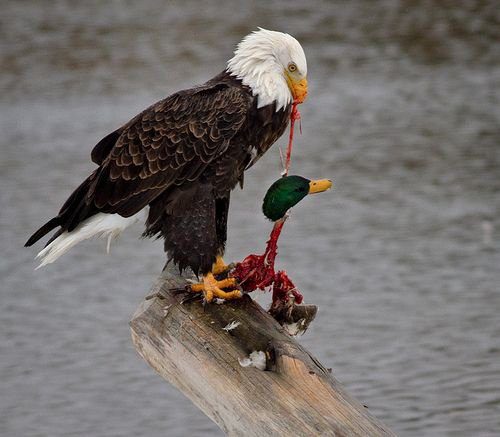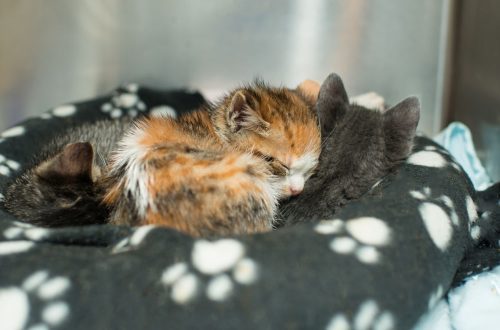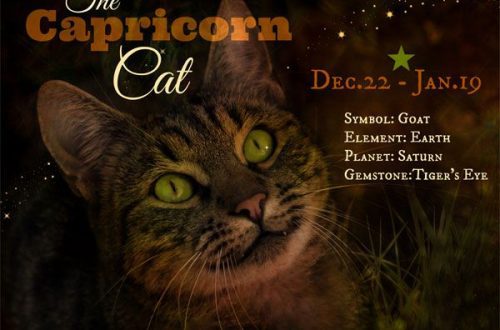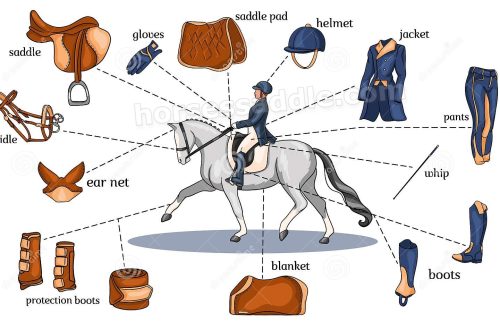
The behavior of a predator in nature who eats a hawk and its natural enemies
Looking at the sky, sometimes you can see the mesmerizing flight of a hawk. This spectacle is available almost anywhere in the inhabited world, because its hunting grounds stretch from southern to northern latitudes. Each territory is filled with a certain species, and there are about 50 of them in the hawk family.
The fact that these birds appear in the beliefs of various peoples is due to such qualities as:
- speed;
- dexterity;
- proud posture;
- pockmarked coloring of feathers;
- sinister look.
In addition, because of their lightning speed in hunting and bloodthirstiness, many proverbs have been composed about these predators.
Contents
Habitat
Hawks settle almost everywhere, but preference in choosing a place of residence is given to well-visible places. It can be like a forest, a mountain range or a steppe. The main thing is to be more or less a tall tree where you can build a nest, while it does not matter whether it is a coniferous or deciduous tree. Some species of hawks build a nest once and use it until it starts to fall apart. Others arrange construction every year, while they may differ in inconsistency, that is, one year the branches will be neatly stacked, the bottom of the nest is covered with moss, the next year the branches are thrown in somehow, and moss is not even remembered.
Surveying your territory from the highest branch of the tree, the hawk carefully ensures that winged predators do not fly into the land. At the same time, it is loyal to other animals.
hawk hunting
Flying high or sitting on top of a tree the hawk is able to see the smallest insect on the groundnot to mention small rodents. Having tracked down the victim, he makes a lightning movement – and the prey is in the claws. Seeing a predator soaring high in the sky, rodents, small birds, including domestic ones, which it can threaten, experience mortal horror and try to hide.
Very often hunting is carried out from ambush, and the victim, taken by surprise, has absolutely no chance of salvation. But hunting is sometimes hindered by swift-winged swallows, flying after the hawk and notifying all potential victims of the approaching danger. When larger birds of prey appear, the hawk often leaves the hunting ground. He also retires in the event of an attack by a flock of crows. When attacking a predator, sometimes jackdaws and magpies join the crows. In a close-knit flock, they rush to the hawk, and in some cases this can end badly for him.
Hawk Enemies
The life span of these birds in natural conditions can reach 20 years, this, of course, provided that they are not attacked by other predators. Who eats hawks? Among those who want to eat hawk meat, the main ones are larger predators. Any of them will be happy to eat a bird, but catching a feathered predator is not so easy.
There are not so many main enemies, these are:
- Wolves and foxes. They have the patience to hunt for a long time and wait for the right moment to attack.
- Eagle owls and owls. These nocturnal birds see perfectly in the dark, so they are quite capable of watching for a sleepy hawk and letting it eat.
But other predators can pose a threat to him. The hawk is a cunning bird, and before flying to the nest, it winds, circles above the trees, obfuscating tracks so that other carnivores do not track down the location of the nest. This maneuver does not always help, so it can fly into a nest devastated by small predators. But even here one must be on the alert, because some carnivores may well be waiting for the hawk at his former home.
The hawk must also beware of larger birds of prey. In the hawk family, they do not disdain to eat relatives. Feathered carnivores thrive on eating each other. Stronger chicks in the nest, especially with a lack of food, may well eat weak little relatives. Under unfavorable circumstances for the male, he can serve as food for a larger female. That is, whoever is weaker is eaten.
In pursuit of prey, hawks can behave recklessly and not notice obstacles in their path. Therefore, they may well crash into a tree or building in their way. And a fallen and wounded bird becomes an easy prey for any predator.
It is impossible for a hawk to relax, and even more so on the ground, because in addition to various predators, there are also snakes that are also not averse to feasting on a delicious bird. If the bird is injured or died, lovers immediately appear and feast on the dead bird, for example, vultures.
The greatest danger to hawks is man. In the middle of the 20th century, people declared persecution of hawks, as it was believed that they contribute to the extinction of some species of birds that people prey on.
Gradually, humanity begins to understand that hawk – nature orderly, without its existence, the balance of ecology will be disturbed. After all, most often those birds become its prey, for the capture of which the hawk expends little strength and energy, that is, the wounded or sick. In addition, raptors regulate the number of rodents in the fields. The value of hawks in the ecosystem is enormous.
And it is very important not to lose this priceless creation of nature – birds of prey!





